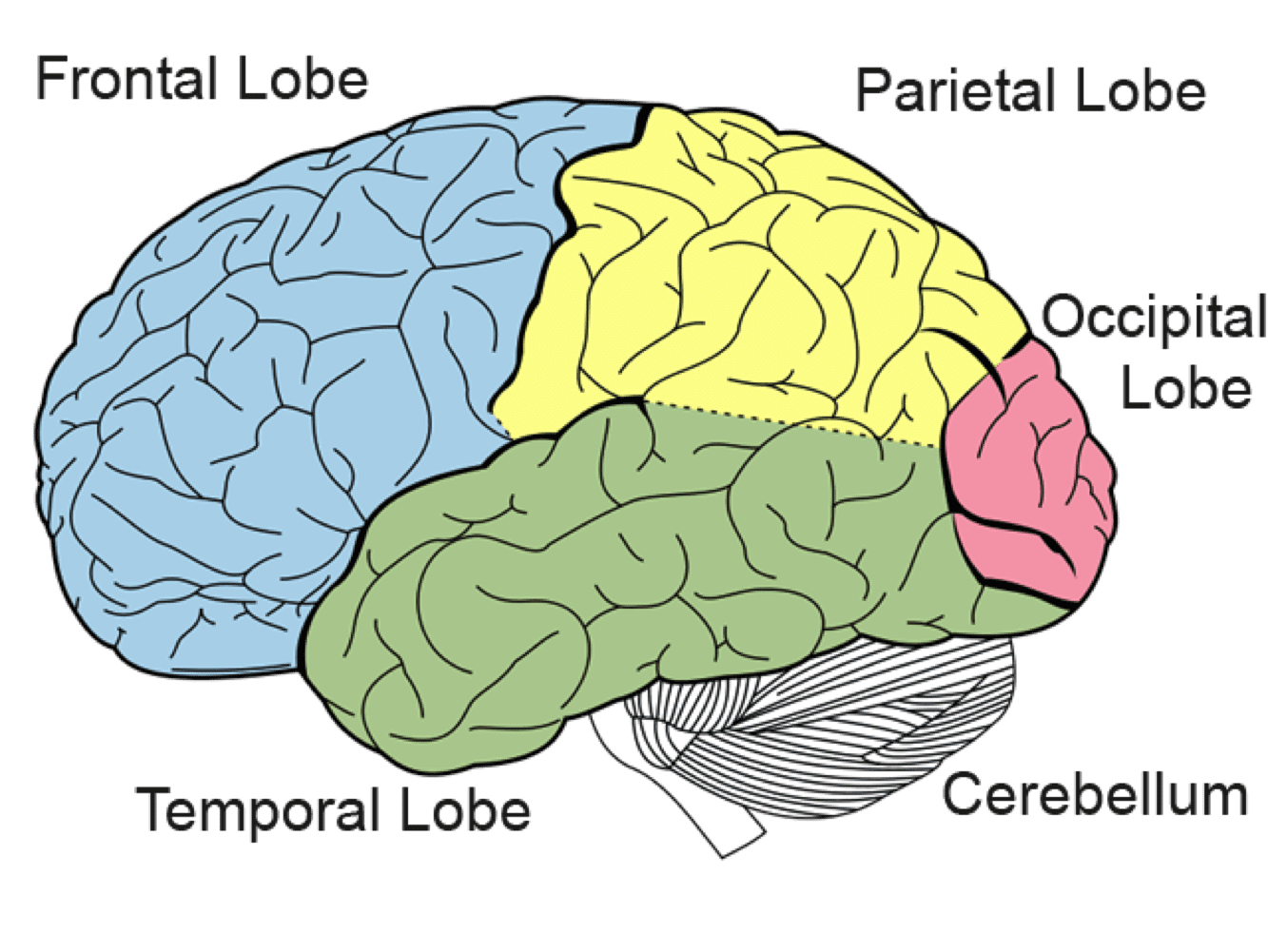Embark on a journey through the fascinating world of neuroscience with this beginner’s guide. Understand the basics of brain function, key concepts, and foundational research techniques that are shaping our understanding of the nervous system.
Table of Contents
Introduction to Neuroscience
Neuroscience is the study of the brain. The brain is perhaps the most complicated and intricate system that exists – it processes and creates almost every aspect of our conscious experience. The brain isn’t merely another organ in our body – we are our brains. This all goes to say – it’s pretty important.
Over the years, neuroscientists have attempted to clarify the complications and smooth out the intricacies of the brain in order to better understand it, and as a result, better understand ourselves.
Modern neuroscience began around the end of the 19th Century with the discovery of neurons (more on that below), but the first documented study of the brain can be traced back to a hieroglyphic in ancient Egypt. A physician at that time noted down a list of head injuries, listed potential remedies, and created the first instance of the word for “brain”.
While it took a while to go from “brain” to “neuron”, the leaps in knowledge have been faster and more frequent since. Below, we will go through the main components of modern neuroscience.
What is Neuroscience Exactly?
Neuroscience is an amalgamation of medical, evolutionary, and computational disciplines, fostering a deeper understanding of how the more than the approximately 85 billion nerve cells in the human brain are born, how they grow, and interconnect to form human thoughts and actions.
Basic Brain Facts

The brain consists of several discrete parts: most notably the cerebrum, the brain stem, and the cerebellum. The cerebrum consists of six brain areas that span two hemispheres. Four of these areas can be seen from the external view of the brain (shown in the image above) – the frontal, parietal, occipital, and temporal lobes. The two other lobes, the limbic and insular lobes, are found within the cerebrum.
The outermost part of the cerebrum is called the cortex (or sometimes the neocortex). This contains a sheet of neurons that wraps around all the lobes of the brain, and is roughly 1.5 – 3mm thick.
Neurons are the principal communicators of the brain – they are involved in sending signals from one region to another, and ultimately triggering actions, encoding and retrieving memories, and creating the experience of being, well, alive. A dense collection of neurons are found within the cortex, and other areas within the limbic and insular lobes. Neurons send the messages, and a variety of other cells – called glial cells – support and facilitate this communication.
Some of the most crucial and well-studied parts of the brain are:
- The frontal cortex (located at the very front of the frontal lobe) – plays role in a range of cognitive functions, including attention, decision making, planning complex behaviors, and regulating social actions. This is typically termed executive function.
- The middle of the brain (in the parietal lobe, roughly just after the border of the frontal cortex) is involved in both motor processing (the feeling of touch) and in motor coordination (movement) . These aren’t the only brain areas involved in these processes, but they are the principal actors.
- The occipital cortex is involved insight – it features many different layers, each of which processes a different component involved in perceiving the world visually.
- The temporal lobes are largely discussed for their relevance in language – the left side of the brain features Wernicke’s and Broca’s areas, involved in speech comprehension and speech production, respectively (there is a bit more complex than this seems to state, but the general concept holds true).
- Within the brain, there are several other regions that are of note, including the basal ganglia (a collection of regions involved in action selection), the hippocampi (involved in-memory processing), and the amygdalae (involved in fear processing).
There are many other critical and fascinating areas of the brain that appear increasingly specialized, depending on how closely you look at them (for example, the “Grandmother / Jennifer Aniston” neuron), but going through each is beyond the scope of what we can cover here. The important thing to note is not so much where each action appears to arise from, but that each will be driven by multiple components of the brain – no thought or action is an island.
Branches of Neuroscience
There are many different branches of neuroscience – everything from computational, to pharmacological, to molecular neuroscience and well beyond. Below we will explain two of the more common branches: cognitive and behavioral neuroscience.
Cognitive neuroscience
Cognitive neuroscience is concerned with the scientific study of biological substrates underlying cognition and mental processes and addresses questions such as how psychological/cognitive functions are reflected by neural activity in the brain.
Typical data collection methods employed by cognitive neuroscientists are functional neuroimaging (fMRI, PET), electroencephalography (EEG), behavioral genetics, and lesion studies.
Behavioral neuroscience
In contrast, behavioral neuroscience (also known as biopsychology), addresses the impact of the nervous system on attention, perception, motivation, performance, learning, and memory and their manifestations in human behavior. Studies in behavioral neuroscience focus on the interaction of brain and behavior in real or simulated environments.
Check out: What is Neuropsychology?
The Nervous System and the Brain
The body is connected to the brain through a complex conglomerate of cells and nerves that transmits data back and forth between the brain, spinal cord, organs, and limbs.
The brain and spinal cord are considered to be the Central Nervous System (CNS), as they integrate all incoming information from sensors and effectors, and modulate the activity of the body.
By contrast, the Peripheral Nervous System (PNS) comprises somatic and autonomous systems, responsible for voluntary control of skeletal muscles as well as involuntary regulation of bodily functions such as heart rate, digestion, respiration, pupillary response, urination, and sexual arousal.
Read more: An Introduction To The Sympathetic and Parasympathetic Nervous System
While the PNS is distinct from the CNS, there is a large amount of crosstalk between the two systems. It can therefore be informative to study the action of one of the systems in order to learn more about the other.
Neuroscience Core Concepts
According to the Society for Neuroscience, the following “Neuroscience Core Concepts” are the essential principles of this fascinating discipline:
- The brain is the body’s most complex organ.
- Neurons communicate using both electrical and chemical signals.
- Genetically determined circuits are the foundation of the nervous system.
- Life experiences change the nervous system.
- Intelligence arises as the brain reasons, plans, and solves problems.
- The brain makes it possible to communicate knowledge through language.
- The human brain endows us with a natural curiosity to understand how the world works.
- Fundamental discoveries promote healthy living and treatment of disease.
Top research areas that apply Neuroscience
The application of neuroscience has seen a large growth in different research areas. According to Frontiers in Neuroscience, the top 10 research areas are:
- Psychiatry
- Physiology
- Behavioral sciences
- Pharmacology, pharmacy
- Biochemistry, molecular biology
- PsychologyEndocrinology, metabolism
- Radiology, nuclear medicine, medical imaging
- Ophthalmology
- Zoology
- Immunology
- Geriatrics, gerontology
That’s not to say neuroscience hasn’t made an impact in the commercial applications; in areas like UX, Machine-human interactions, consumer behavior and neuromarketing. More and more commercial use cases are utilizing the power of neuroscience to gain a competitive advantage.
Read more: Consumer Neuroscience [Introduction & Examples] Understanding Consumer behavior
In summary, neuroscience tackles all questions concerned with the actions and operations of the brain – both before, during, and afterthought or behavior is completed.
Neuroscientists all over the world are constantly striving towards an increased understanding and knowledge of brain structures and function in conjunction with more reliable and valid research methods. The ultimate goal of which is to both provide a better understanding of who we are, while also enabling healthcare and medical science to develop new techniques and treatments to attenuate, counteract or even cure brain diseases such as Alzheimer’s or Parkinson’s.
Psychology Research with iMotions
The world’s leading human behavior software
While there are more neuroscience studies being completed today than ever before, we’re still at the very beginning of fully uncovering the magnitude of what the human brain is actually capable of.
At iMotions, we provide a framework for collecting multi-dimensional behavioral and cognitive biosignals in order to help decode the fascinating complexity of the human nervous system and allow you to answer the research questions of today and tomorrow.
Free 59-page EEG Guide
For Beginners and Intermediates
- Get a thorough understanding of the essentials
- Valuable EEG research insight
- Learn how to take your research to the next level












